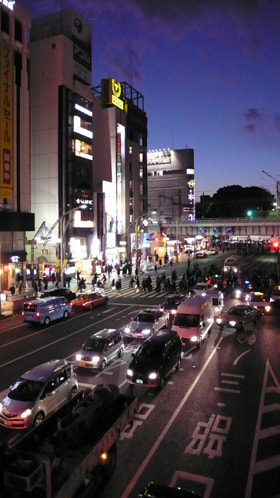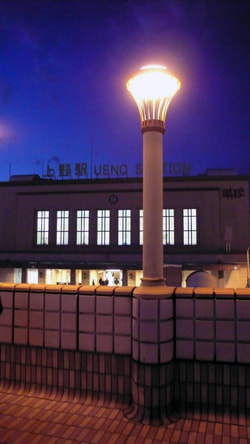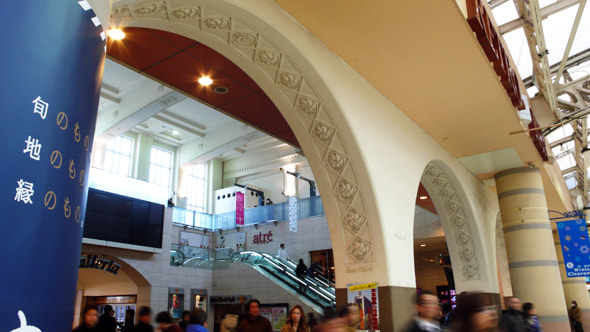
Ueno Station is the first station of "Station Renaissance," a project began in 2000, in which stations are renovated.
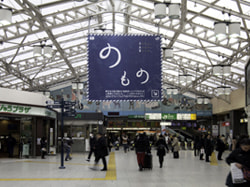
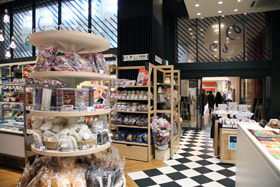
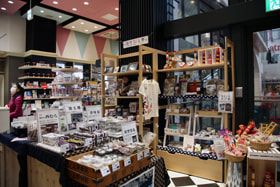
"NO MO NO," a direct retail store, which introduces charms of regions through selling a variety of products produced in regions, including Taito City, under the theme of "seasonal food, local products and products related to local regions"
We asked JR East Group about their activities in regions.
Q: Could you tell me about your approaches for promoting regional revitalization? How do you work on the regional revitalization?
JR East Group : JR East Group has been promoting "Chiiki Saihakken Project," or project for rediscovering regions, in which the group utilizes its railroad networks, and create circulations of "people" and "products" through working with regional communities. In particular, the group has been creating new jobs in regions and activating resources through direct sales from growers to customers, rediscovering of traditional handicrafts, development and selling of processed agricultural products, and other activities. Also, the group aims to create exchanges of people, including travels, by dispatching event and regional information from both regions and urban centers.
Q: Could you tell me about the concept, purpose and future of "NO MO NO" that opens in Ueno Station?
"NO MO NO" is a shop in which producers directly introduce charms of products and regions to customers. People in regions explain about products and charms of their regions. Although the group has made opportunities to introduce charms of regions to customers in the metropolitan area through direct sales markets, the group aims to further strengthen the approaches that have been taken, including a contribution to small and medium-size manufactures and producers to expand markets, through opening of the permanent shop. Currently, the group sells local products at nine stores of "NEWDAYS," a convenience store in a station, as well as stores of "NO MO NO," and tries to expand the market in the metropolitan area.
Q: Is "NO MO NO" selling ready-made products? Does the group plan to create new brands?
Although the group has introduced products made by small and medium-size manufactures and carefully grown crops, the group is planning to develop more attractive products based on its achievements.
Q: Regarding the present-day design of railroad and stations, forms of stations, including platforms, are being changed by new concepts of complex facilities. What kind of developments are there? What do you think about station complexes?
The group is promoting "Station Renaissance" since 2000. It is a project to create new stations in the 21st century, in which the group tries to tap full potential of stations, and improve convenience of customers. (continued in the right column)
Efforts are underway to "change stations." For example, the group has installed barrier-free facilities and widened concourses, and created stations that are firmly linked with local communities, while thoroughly reviewing existing facilities and creating new business spaces in connection with reforms of station facilities, such as improvements of direction boards. Ueno Station is the first station of the project. Its station building built in 1932 was completely reviewed from customers' point of view, and remodeled in 2002 under the theme of "creation of the people-friendly station and improvement of the station's appeal" and others.
Q: What are challenges and issues when promoting regional revitalization? What kind of values do railroad and stations have in regions?
A "station" used by many customers is a central point of railroad networks that connects urban and local areas and regions. It is also a central facility of regions. While aiming to improve convenience of customers, promote regional revitalization, and maximize the asset values it owns, JR East continues to actively "create attractive towns centered around stations."
